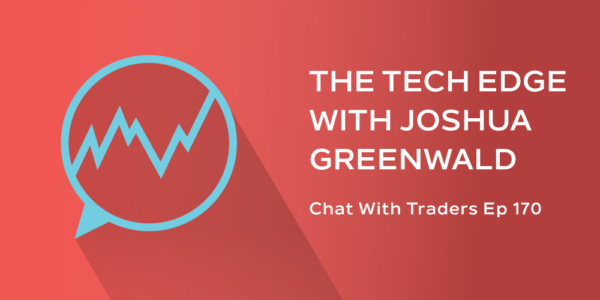
All investment plans can be broken down into these simple components. Any strategy and time duration of investment fits within these disciplined evaluations:
1) Identify High Probability Candidates
2) Execute with Proper Risk Control
3) Manage Position
4) Maximize Trend
The process of identifying investment candidates has one goal in mind which is to raise the probability of success and give a trading edge. Many types of analysis are used to choose investments and timing possibilities. It is important to employ a methodology that can be repeated and is not just luck in the marketplace.
Technical indicators are often used to select opportunities and filter out potential bad choices. There is also the whole aspect of fundamental analysis to choose investments. Regardless of what type of selection process, it is important have a reason to enter or exit the market without emotion. Trading is not gambling, but rather a science of putting probability in your favor.
Once a candidate is identified and thoroughly researched, the most crucial component of investing is implementing risk control. A plan needs to be made in advance to determine an exit strategy if the position moves against you possibly with a simple stop loss order. At the same time, profit objectives can attempt to eliminate greed when you are on the right side of the market.
Not only should you quantify your dollar risk in proportion to the overall portfolio, you should also quantify how much of the account should be allocated to a trade. Professionals focus on risk, something they can measure and use techniques to control exposure. They often evaluate the worst case scenario in the plan and make sure it is line with acceptable risk. Most find that it does not make sense to risk a large dollar amount or percentage of a trading account on any one investment.
One question to always ask: How is this trade going to impact my investing? If you are comfortable with the risk in proportion to the overall account for an individual investment, you can move forward to execution. Put yourself in the position for success by knowing what you are willing and able to lose prior to entering the market without having significant negative impact on your overall portfolio.
After the candidate research has been done and a risk management plan has been put in place, it is necessary to manage the position. Every investor is going to have different objectives. Some want to make a certain dollar amount or percentage return. Others may have higher goals and are willing to take greater financial risks in return. Managing a trade is personal but some basic common sense is consistent.
Once in a profitable position, some traders are eager to trail their stops losses quickly to lessen risk. There is a balance between moving a protective exit order too close to the current trading market and leaving too much dollar risk. The simple rule of not letting a winning trade turn into a loser applies to everyone to different degrees based on their individual trading personalities.
For many it makes sense to bring the stop loss to break even whenever possible. This can ensure that the trade does not turn into a loser in a worst case scenario but also can increase the chances of being taken out prematurely. Others may want to continue giving exit stop loss orders on a position plenty of room so they can maintain a long term position and not be knocked out with the market fluctuations. The risk on a wide stop order to exit can be a significant dollar loss.
A nice problem for most traders is deciding when to take a profit. That is why objectives are often identified prior to entry to set rules for exit. Initially it is often good to learn to take small financial gains in order to develop trading discipline and confidence in your methodology. Personal goals can be increased over time as the overall account and individual position sizes grow. It is important is to learn the process of executing a solid trading plan.
To maximize the trend, it would be necessary to buy at the low and sell the high. Realistically, it is impossible to capture that entire market movement. In reality, only a piece of that overall move needs to be captured for a successful trade. As investors gain market experience that piece of the trend can increase.
The key to success is trading discipline. It actually a very simple process: identify, execute, manage and maximize that is repeated for all investing vehicles over different time frames.










